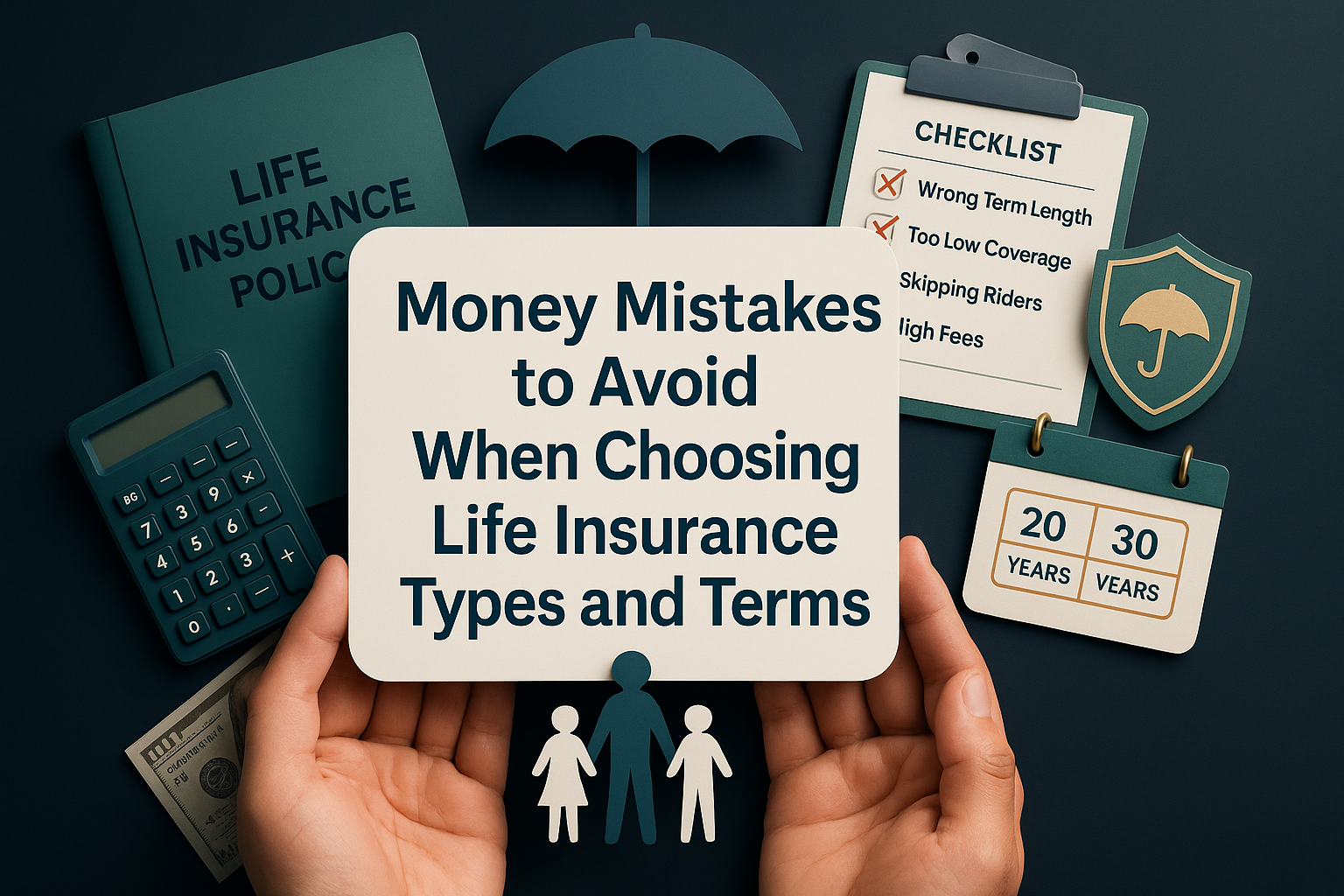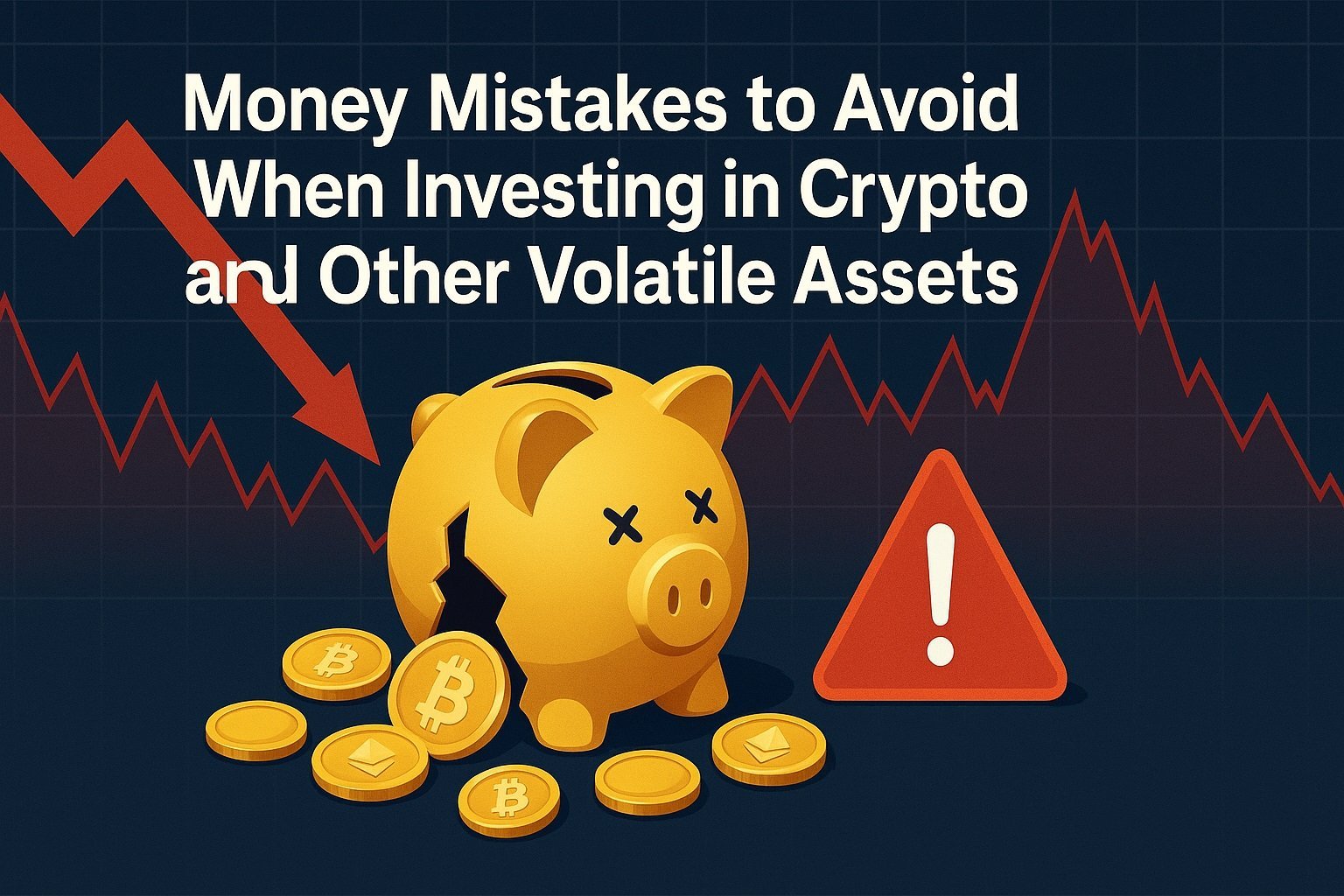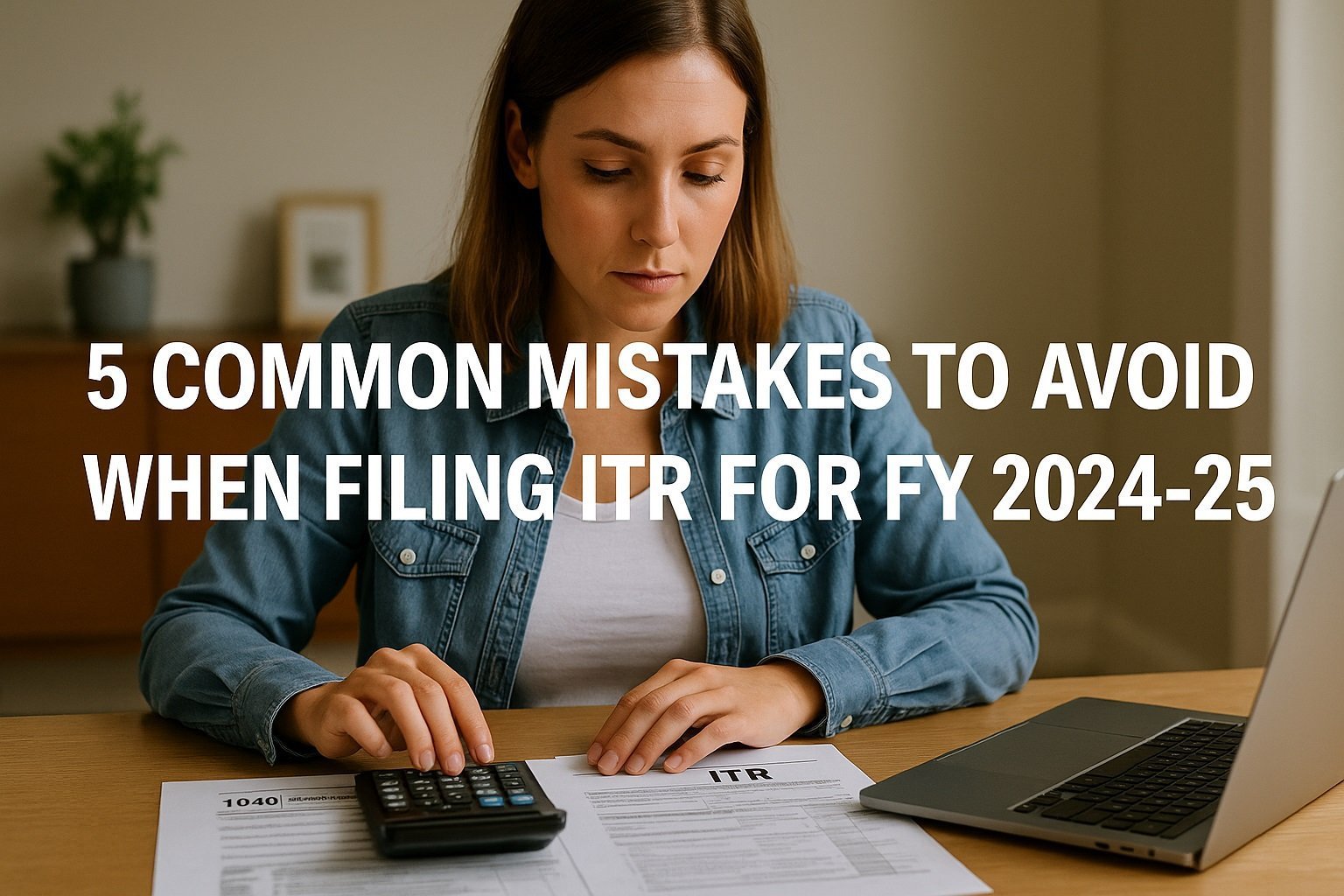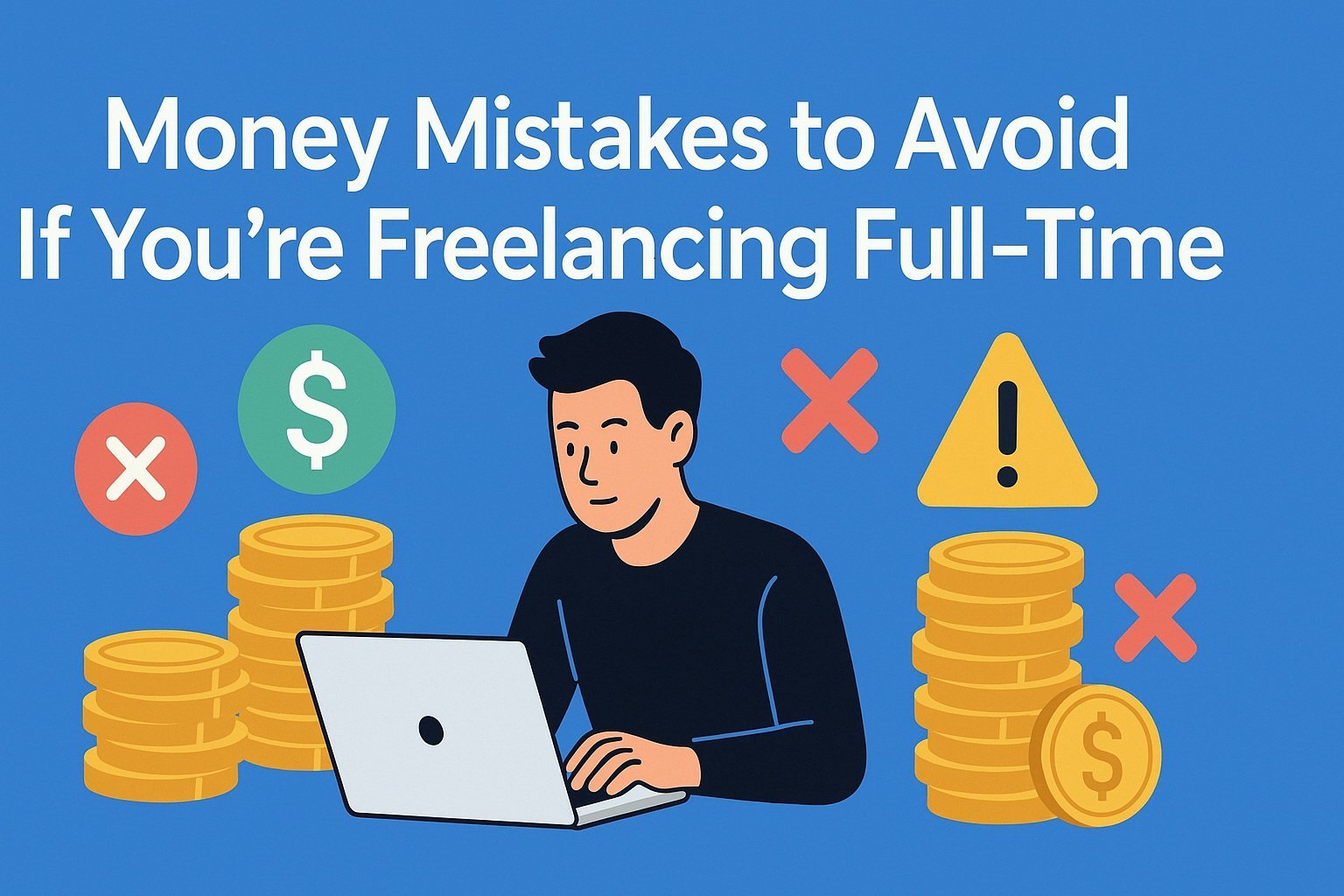
Navigating student loans in 2025 can feel like walking a financial tightrope. A single slip, whether it’s paying the minimum forever or refinancing without doing the math, can inflate interest costs, trigger fees or even ding your credit score. In this article, we’ll define two key terms that’ll guide every strategy and misstep:
| Term | Definition |
|---|---|
| money mistake | any decision that inflates interest, fees, or risk |
| paying off | accelerating payments, refinancing, or following an income-driven plan |
By the end, you’ll spot 10 common traps and walk away with an action checklist that could save thousands in interest and late-fee charges.
What’s Different About Student Loans in 2025?
Heading into 2025, you’ll notice your student loan balance growing faster than before thanks to consistently higher interest rates. Federal undergraduate rates climbed from 4.99 percent in 2023 to 6.13 percent in 2024 and now sit around 7.05 percent for new borrowing this year. That means every dollar you don’t pay off quickly is costing more, and that small minimum payment feels even smaller against mounting interest.
| Year | Undergraduate Rate | Graduate Rate |
|---|---|---|
| 2023 | 4.99 percent | 6.54 percent |
| 2024 | 6.13 percent | 7.54 percent |
| 2025 | 7.05 percent | 8.05 percent |
Beyond rates, the income-driven repayment (IDR) landscape is in flux. Proposed tweaks to cap monthly payments at 5 percent of discretionary income instead of 10 percent have hit roadblocks in Congress, leaving borrowers uncertain about which plan will stick. Meanwhile, the fate of broad loan forgiveness once promised by executive action now hangs in the balance as courts weigh challenges to the administration’s authority.
Together, steeper rates and shifting IDR or forgiveness rules mean your payoff strategy in 2025 needs to be more nimble than ever. You can’t count on lower payments arriving via policy changes, so the smarter moves involve locking in lower rates where you can and staying on top of any new guidelines as soon as they drop.
Spike in delinquencies since collections resumed (8.04 % in Q1 2025)
When federal student loan collections kicked back into gear in 2024, millions of borrowers who’d enjoyed pandemic forbearance suddenly faced bills again, and delinquency rates shot up. In the first quarter of 2025, 8.04 percent of loans were more than 30 days past due. That’s the highest level in years and a clear sign that many people aren’t prepared for renewed payments.
This jump matters because falling behind now can trigger late fees, credit-score hits and even wage garnishment if you stay delinquent long enough. To prevent your loan from slipping into delinquency, set up autopay so you never miss a due date. If money is tight, reach out to your servicer immediately; you might qualify for a revised repayment plan or temporary hardship deferment. Acting fast can keep that delinquency rate from becoming your reality.
Strategy Steps
Start by bookmarking StudentAid.gov and making it a habit to check in once a week. The federal aid site is your one-stop source for updates on income-driven repayment tweaks, forgiveness decisions, and any new guidance from the Department of Education. Setting a recurring reminder on your calendar, say, every Friday morning, takes the guesswork out of staying informed.
Next, keep an eye on pending legislation that could change IDR terms or introduce fresh forgiveness programmes. If Congress moves to alter repayment caps or eligibility, you’ll want to know right away. When you see a proposal that would raise your required payment percentage or shrink forgiveness benefits, adjust your payoff speed accordingly. For example, if the cap on discretionary income jumps from 5 percent back to 10 percent, it may make sense to shift extra funds toward principal before the new rule kicks in.
Finally, create a simple tracking sheet either in a notebook or a spreadsheet where you log each check-in date, any headlines you spotted, and the action you took. Over time, this record will help you spot patterns in policy changes and fine-tune your repayment plan so you’re always making the smartest moves.
Are you ignoring servicer changes?
Loan servicers can change without much notice, and if you miss an update, you risk sending payments to the wrong company or losing track of your balance altogether.

Fix-it Steps
-
Log into StudentAid.gov and click “Find My Servicer” to confirm who’s handling your account
-
Take a screenshot of your current balances and servicer contact info for your records
-
Set a quarterly reminder to re-verify your servicer so you never miss an email or billing statement
Are you paying only the minimum while interest mushrooms?
Watching your balance barely budge despite regular payments is one of the quickest ways to lose on the loan game. Every dollar you don’t tackle beyond the minimum gives interest more time to compound, padding your total cost.
Fix-it Steps
-
Switch to bi-weekly payments or throw any tax refunds, bonuses or unexpected windfalls directly at your principal
-
Enroll in autopay to snag a 0.25 percent rate reduction on most federal loans and shrink interest before it accumulates
Are you skipping an emergency fund to throw every dollar at loans?
It’s tempting to blast every spare cent at your balance, but skipping a rainy-day stash can backfire if car repairs or medical bills hit.
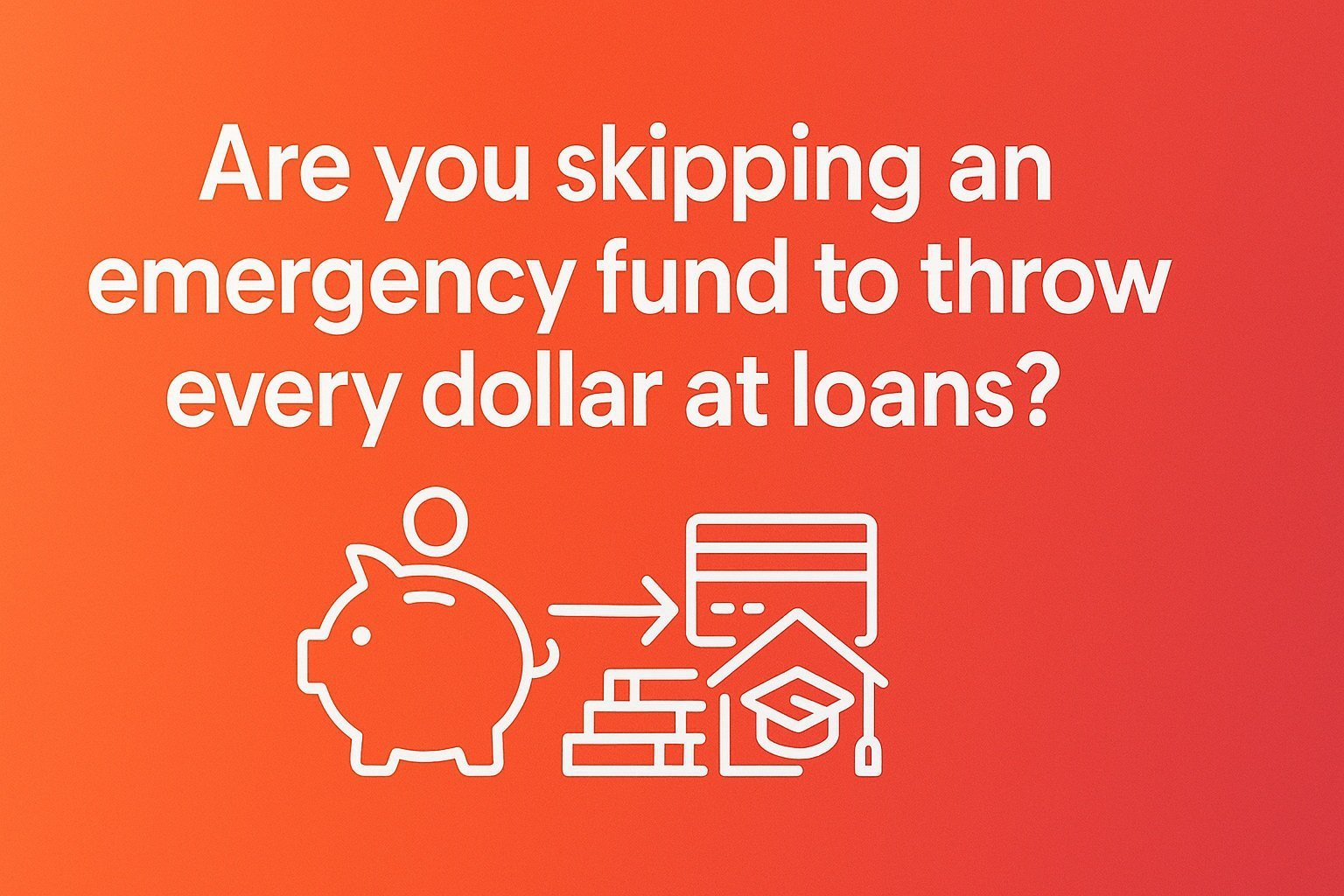
Fix-it Steps
-
Build three to six months of essential expenses in an easy-access savings account before ramping up extra loan payments
-
Keep that fund separate so you avoid resorting to high-cost forbearance or deferment when unexpected costs arrive
Are you choosing the wrong repayment plan by default?
When you stick with the plan you were automatically assigned, you could be paying far more over time or missing out on lower, income-based options.
Fix-it Steps
-
Head to StudentAid.gov and run the Loan Simulator tool before settling on a plan
-
Compare projected monthly payments, total interest costs and payoff timelines for IDR, Standard and Extended plans
-
If your income fluctuates, lean toward an IDR option that caps your payment based on earnings rather than a fixed schedule
Are you missing payments and triggering delinquency?
Letting a payment slip through the cracks can lead to late fees, a dinged credit score and even wage garnishment if you stay delinquent long enough.
Fix-it Steps
-
Add due-date reminders to your calendar and enroll in autopay so payments hit on time every month
-
If your cash flow gets tight, call your servicer as soon as you spot trouble to discuss hardship options or a temporary repayment adjustment
Are you letting interest capitalise during deferment or forbearance?
When you pause payments, unpaid interest keeps accumulating and then gets added to your principal balance, making every future payment more expensive.
Fix-it Steps
-
Whenever possible, pay the monthly interest during deferment or forbearance so your principal stays steady
-
If you can’t cover the full interest, pay as much as you can to slow the growth of your balance
-
After the pause ends, review your loan statement to ensure unpaid interest didn’t sneak into your principal
Are you passing up employer loan-repayment benefits?
Some employers offer to chip in on your student loans, but if you don’t ask, you’ll never know what’s available. Skipping this perk means missing out on free money and possible tax savings.
Fix-it Steps
-
Bring it up with HR during onboarding or your next performance review to learn about any repayment assistance programmes.
-
Verify whether contributions up to $5,250 per year are treated as tax-free income so you maximize the benefit
Are you refinancing federal loans without a safety net cheque?
Shopping for a lower rate can feel smart, but jumping too quickly into a private refinance could strip away vital borrower protections you’ll regret losing.
Fix-it Steps
-
Only refinance when your new rate is at least two percentage points lower than your current federal rate so the savings justify any fees
-
Double-check that you won’t give up access to income-driven repayment plans or Public Service Loan Forgiveness by leaving the federal system
Are you using credit cards or home equity to erase student debt?
Relying on a credit card’s grace period or tapping into your home’s equity might look like a shortcut, but it can backfire when rates climb or payments hit you hard.
Fix-it Steps
-
Avoid credit-card balance transfers: most cards charge 15 to 25 percent interest after any introductory period, which can dwarf your loan rate
-
Steer clear of home equity loans or lines: if you miss payments, you risk foreclosure on your house
-
If you need extra cash, compare fixed-rate personal loans or ask your servicer about hardship programmes. these typically carry lower rates and won’t put your home at stake
5-Step 2025 Repayment Playbook (Quick Reference)
-
Inventory
Grab all your loan statements and compile a master list of each balance, interest rate and loan type. Seeing everything in one place gives you a clear starting line. -
Prioritize
First, build or top up your emergency fund. Next, tackle any other high-interest debt, like credit cards. Finally, focus extra payments on your student loans. -
Optimize Plan
Whenever you hit a big life milestone – a raise, job change or new household expense – revisit the Loan Simulator on StudentAid.gov. Adjust your repayment plan to match your updated income and goals. -
Automate & Accelerate
Set up autopay to lock in that 0.25 percent rate reduction and avoid missed payments. Then, funnel any extra cash toward the loan with the highest rate to shave down interest fastest. -
Monitor Policy
Schedule a quarterly check for news on income-driven repayment tweaks or forgiveness lawsuits. Staying on top of developments ensures you can pivot your strategy before rules change.
FAQ (Targeting “People Also Ask”)
| Question | One-sentence Answer |
|---|---|
| Should I pay off student loans or invest for retirement first? | Build an emergency fund and capture any employer 401(k) match, then put extra cash toward whichever option offers the higher after-tax return, which often means paying off loans if rates exceed 6 cents. |
| Is refinancing federal loans safe in 2025? | Only refinance if you are sure you won’t need income-driven repayment, PSLF or new relief plans and you can lock in a fixed rate at least two percentage points lower |
| How much of my income should go to student loans? | Most financial planners recommend keeping required payments between 10 percent and 15 percent of take-home pay, with any extra payments coming only after essentials and savings goals are covered |
| What happens if I miss a payment now that collections have resumed? | Your loan becomes delinquent immediately, and after 270 days it can default, triggering wage garnishment and a roughly 100-point hit to your credit score |
| Can I still deduct student loan interest in 2025? | Yes, you can deduct up to $2,500 of student loan interest, though the benefit phases out for single filers with MAGI between $80,000 and $100,000 and joint filers between $170,000 and $200,000 |



